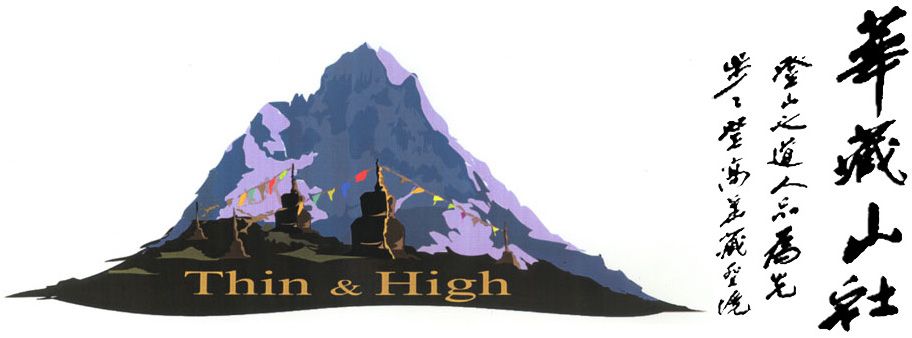Taking photographs for Kuangou’s migrant families in Gansu
 From January 13 to 22, 2016, thirteen Thin & High volunteers visited Kuangou village in China’s Gansu province. The mission was to take a family photograph for each household in an effort to strengthen the family bonds between migrant workers and their “left-behind” children, as proposed in the 2015 statement submitted by Thin & High to the United Nations.
From January 13 to 22, 2016, thirteen Thin & High volunteers visited Kuangou village in China’s Gansu province. The mission was to take a family photograph for each household in an effort to strengthen the family bonds between migrant workers and their “left-behind” children, as proposed in the 2015 statement submitted by Thin & High to the United Nations.
While the project of taking family photographs for migrant families may appear modest, the potential benefits and social impact could be substantial since many migrant families in China cannot even claim to have such a photograph in their possession. In large swathes of China’s rural regions, countless families are too stressed and worried about making a living to contemplate taking such a picture. In most cases, parents leave their children at home to work in large cities and return home only once a year for the Spring Festival (Lunar New Year). The timing of the photo-taking event was to coincide with the annual reunion when migrant workers head home to spend time with their loved ones.
Led by Meng Wenjing, the Thin & High volunteers came from Xi’an, Chengdu, Inner Mongolia, Guangxi and Nanjing. They visited the various households to develop rapport and then arranged for a photo-taking session after all members of a family had returned home for the annual get-together. In all, family photographs were taken for 85 households.
The project has allowed each family to possess at least one family photograph that was taken in their homes and natural surroundings. The possession of the photographs enables members of the migrant families to keep memories of each other alive throughout the year as well as to foster stronger emotional and psychological bonds with their loved ones, despite living physically apart. The photographs can also provide solace and even a source of strength during moments of worry, anxiety and stress. More importantly, the photographs will strengthen each family as an institution.
Click here to read Niu YanHong’s journal and click here to read Li XiaoLin’s essay on their experience as volunteers for this project.
